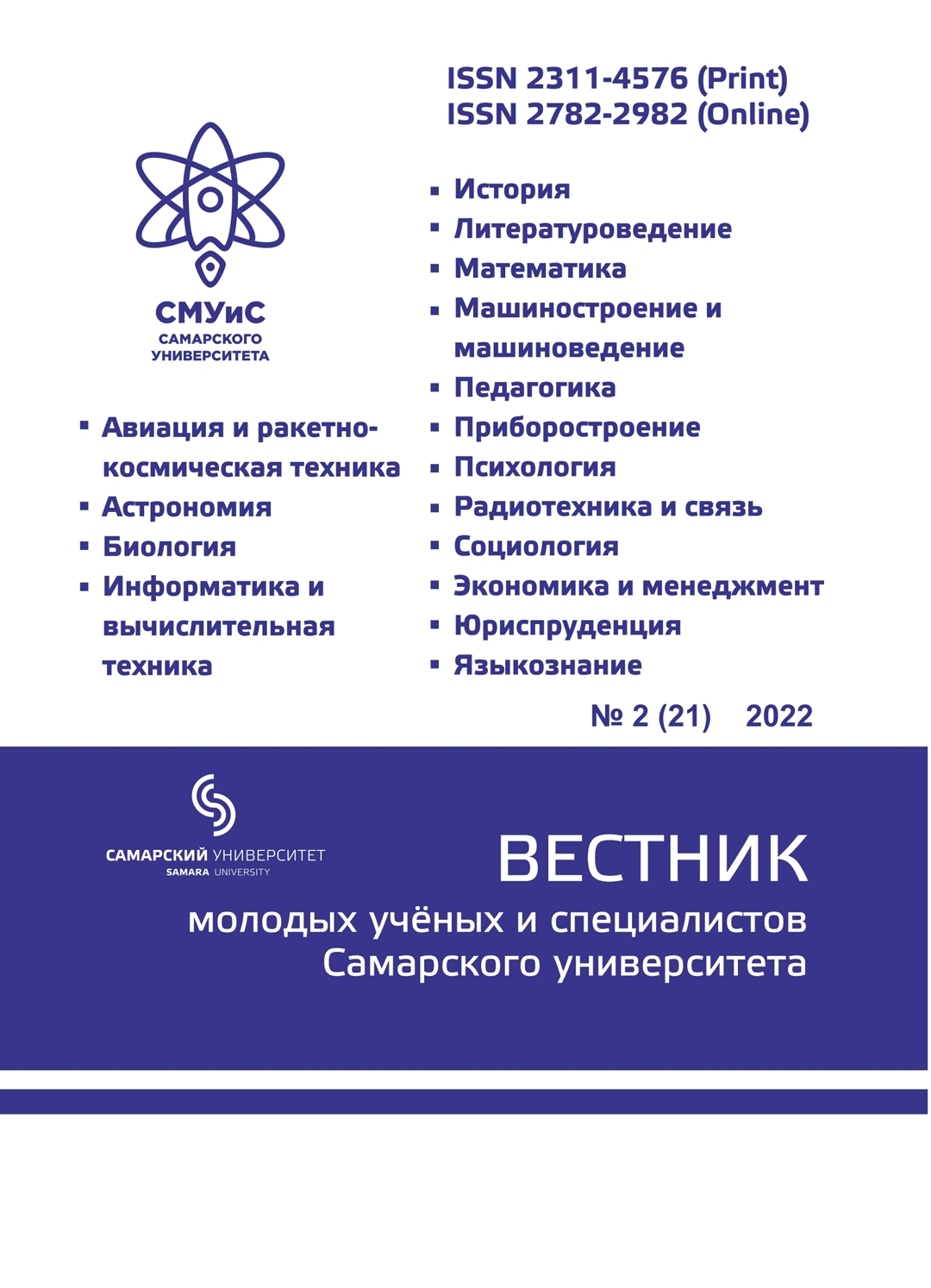GRAVITATIONAL LENSING METHOD: WHAT TYPES OF MASSIVE OBJECTS CAN DIRECTLY DISCOVER TODAY AT THE PERIPHERY OF THE SOLAR SYSTEM?
- Authors: Philippov J.1, Shchepalova M.V.1
-
Affiliations:
- Samara University
- Issue: No 2(21) (2022)
- Pages: 50-62
- Section: Astronomy
- Published: 09.08.2023
- URL: https://vmuis.ru/smus/article/view/10882
- ID: 10882
Cite item
Full Text
Abstract
In this work a sequential quantitative analysis is presented for the possibility of direct discover
of a massive dark body (MDB) at the periphery of the Solar System with using gravitational lensing
method (GLM) . Four alternative models are used for this goal: 1) brown dwarf, 2) giant planet, 3)
Planet Nine (which is an icy Neptune or super earth), 4) an alternative transplutonian planet. A detail
review is shown for the main physical parameters of the model bodies and their orbital characteristics.
In the case of the model of an alternative transplutonian planet, the authors considered its extended a
scenario that includes the situation of a low-mass planet like Mars. The solution of the problem of the
angle deflection determining for photon at the weak gravitational field of spherical lens is represented. It is
shown that at present, using the largest telescopes in the world, the phenomenon of strong lensing can be
used to detect MDB only if the body is a brown dwarf, or a massive giant planet. The analytical results
in dimensionless form for differential and total cross sections for photons scattering in the gravitational
field of the lens are calculated. The problem of the "ghosts" formation by spherical lens is solved. It is
shown that in most of the space of possible values free MDB parameters, in cases of close approach of
the source and lens, for models 1) and 2) two “ghosts” can be fixed in the experiment. it is the main
distinguishing feature of the applicability of the strong gravitational lensing method for MDB searching
at the Solar System periphery.
Full Text
Смотри pdf-файл
About the authors
Jury Philippov
Samara University
Author for correspondence.
Email: juphil@ssau.ru
доцент кафедры общей и теоретической физики, к.ф.-м.н.
Russian FederationMaria Vasilevna Shchepalova
Email: 6carjennfax9@mail.ru
Supplementary files





